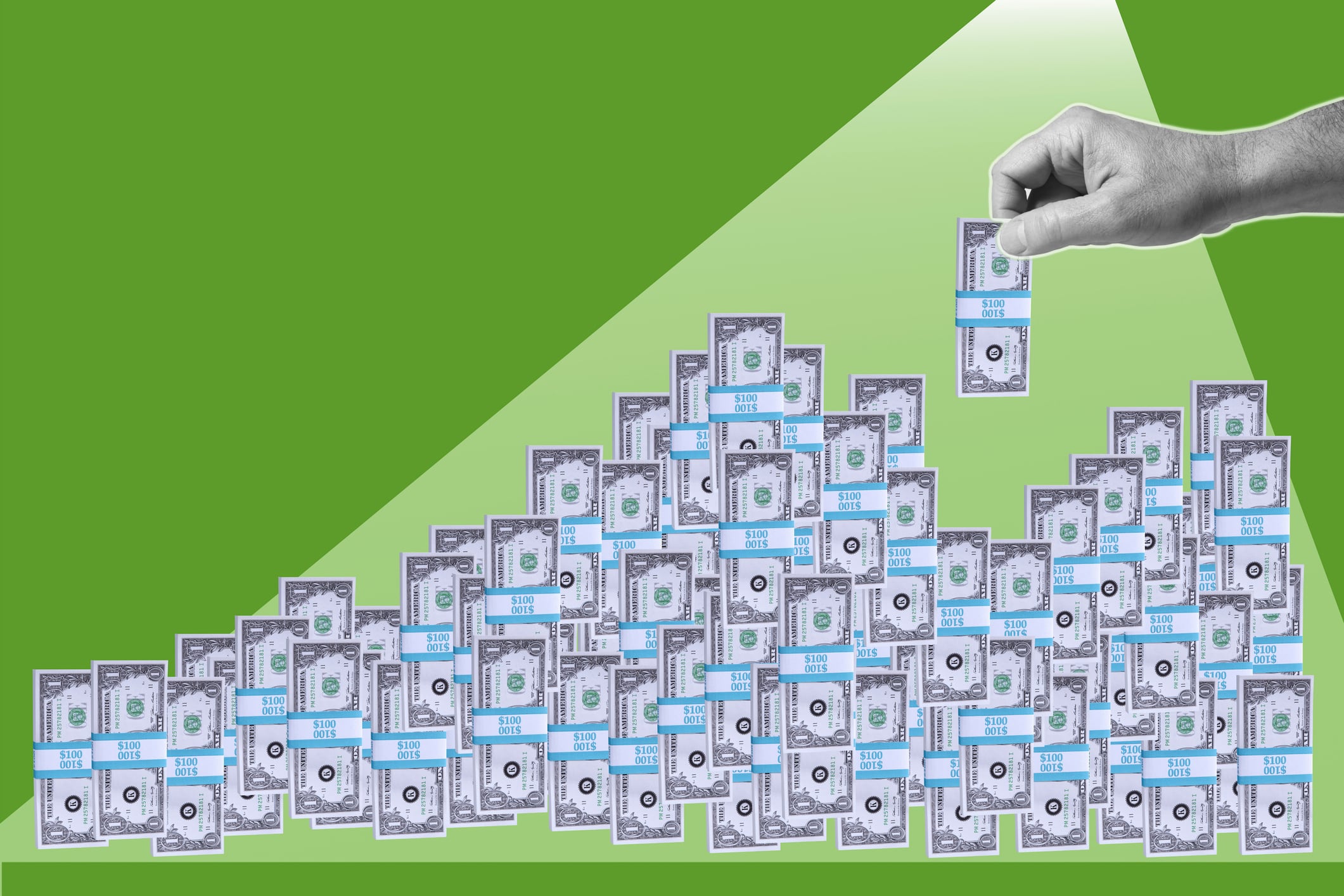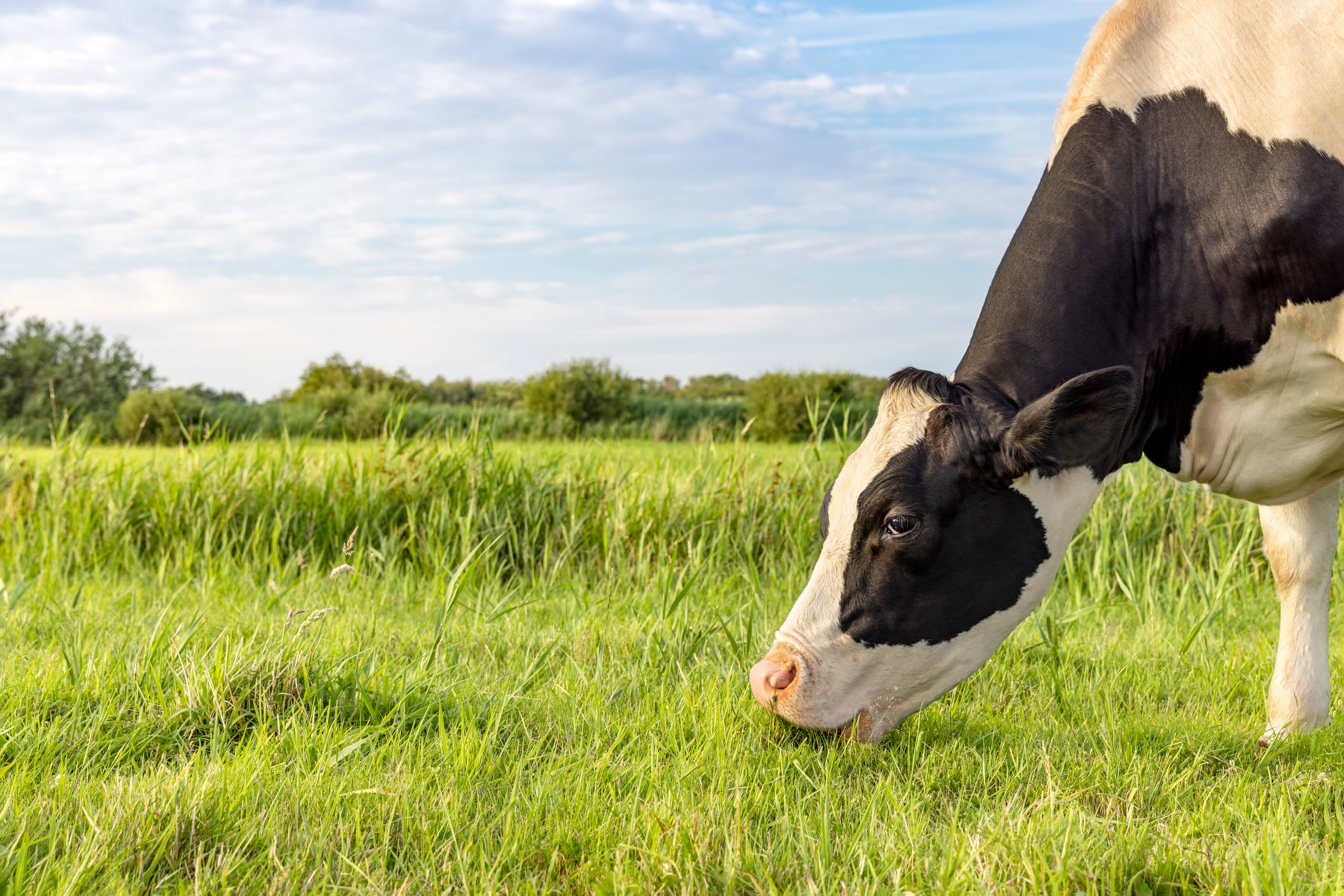New Zealand dairy co-operative Fonterra performed one of the most thorough due diligence processes as it considered how to offload its consumer and associated businesses (collectively known as Mainland Group).
First, the co-op explored both an IPO and a trade sale, a process that attracted interest from investors and bids from regional and global dairy firms. The winning bidder, Lactalis, struck a deal to pay NZ$4.22bn to acquire the entire spin-off.
On October 30, Fonterra’s farmer shareholders and unit holders will have their say on the transaction – and to inform this process, the co-op hired advisors from investment bank Northington Partners to analyze the potential risks and returns.
Their report reveals fresh details about the deal – including whether Lactalis is paying a premium to secure the business.
Is the NZ$4.22bn price tag fair?
Mainland Group contains significant assets in Australia, a region that’s seen as a ‘perennial underperformer’ for the co-op.
Fonterra has operated in Australia since 2001 when it struck a cheese licensing agreement with Bega and then expanded its presence through strategic acquisitions. Many of these acquisitions were subsequently divested – including the Nestlé Australia yogurt and desserts business, sold to Parmalat (part of Lactalis) in 2015 and the former Nestlé Dennington factory, sold in 2020.
From FY20 to FY24, Fonterra Australia’s margin and earnings performance has been volatile, with losses in COGS and operating expenses throughout. This volatility is linked to Australia’s unstable farmgate milk price which leads to instability and lower processing margins and returns for processors.
In that sense, FY25 was likely a peak earnings year thanks to a stable milk price – a crucial factor in the spin-off’s valuation.
Mainland Group’s revenue in FY25 was NZ$5.6bn vs NZ$5.0bn in FY24, with gross profit also up at NZ$1.07bn in FY25 vs NZ$962m in FY24.
Fonterra’s billion-dollar payday
Fonterra is selling its entire global consumer business outside of China, plus parts of its foodservice and ingredients businesses across Australia, Oceania, South East Asia and MEA in order to focus on Ingerdients and Foodservice.
The businesses were bundled together in a spin-out, Mainland Group, as the co-op considered a floatation or a trade sale.
The process culminated in Lactalis’ NZ$4.22bn bid for the entire Group, a proposed transaction that’s now subject to completion pending regulatory approvals, a farmer vote at Fonterra, and multiple cash adjustments. Fonterra expects to net more than NZ$4.0bn after allowing for divestment and settlement costs. For farmer shareholders and unit holders, the divestment is expected to deliver NZ$2.00 per share or NZ$3.2bn tax-free cash return.
The co-op targets Q1 or Q2 to deliver capital returns.
But that performance is unlikely to be sustainable – meaning that Lactalis likely paid a premium to acquire the businesses.
This premium is likely significant: Northington Partners estimate the adjusted valuation multiples are of 10.2x EV/EBITDA and 13.7x EV/EBIT once standalone corporate costs are factored in, versus initial headline multiples of 9.2x and 11.8x, respectively. The financial advisors also note the actual transaction multiples could be even higher when considering more realistic future earnings.
Overall, while Lactalis’s headline EV/EBITDA and EV/EBIT multiples of 10.2x and 13.7x appear broadly in line with market benchmarks, the adjusted figures suggest a premium of around 15–25% when considering maintainable earnings.
So is the NZ$4.22bn price tag just?
For Lactalis, the deal is a matter of strategic importance – and the French multi-national has been successful in growing its global presence through eye-watering M&As over the years while solidifying its place as the top dairy company in revenue terms.
For Fonterra, there are big positives in both the structure of the transaction and its value – being able to offload the entire Mainland Group to a single buyer should make for a smoother divestment process, while the implied premium set to be paid by Lactalis will line shareholder pockets handsomely, despite a weaker outlook in the next few years.
And Fonterra is eyeing strong growth, too: the co-op is investing NZ$3bn into its core B2B businesses in order to expand and valorise raw milk into high-margin products and ingredients while waving goodbye to its ‘perennial underperformer’ in Australia and non-core assets dotted around the region.




